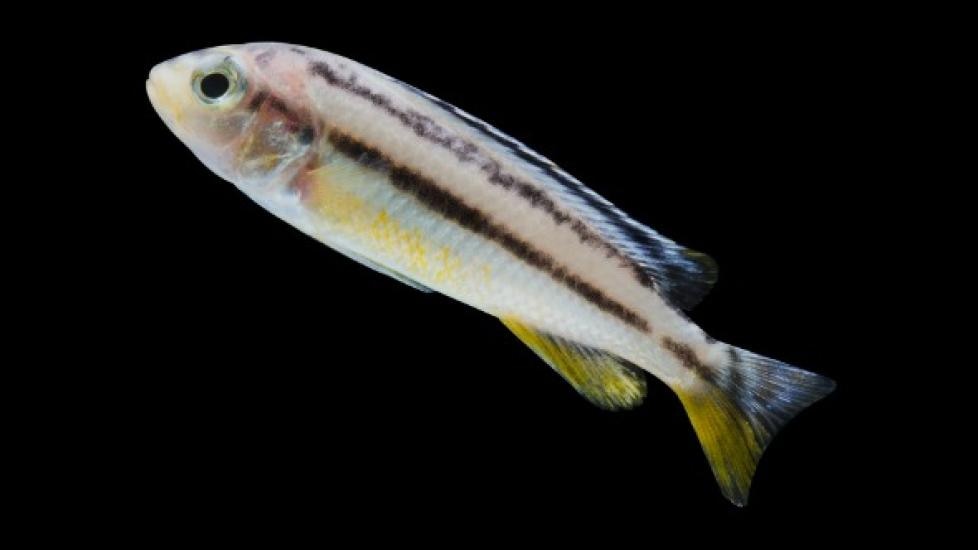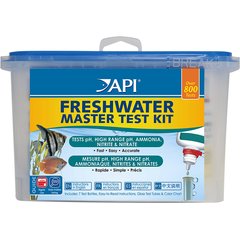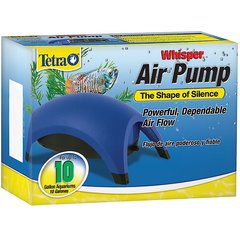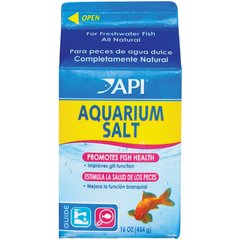The Basic Body Shape of Fish and How They Move
Fish Body Shape and Movement
Like all animals, the fish’s body is a result of specialization in its environment. Water is about 800 times thicker than air and an aquatic life has its own difficulties, such as buoyancy, drag and the amount of effort needed to move through such a dense medium.
While most fishes share common features of streamlining for easy movement through the water, their exact forms vary greatly depending on whether they are predators or prey, how they feed and what measures they take for attack or defense. Every fish is optimized for survival.
The bony fish are the most evolved and show the greatest body specialization. Every feature is developed to exploit their underwater environment. Some have flat bodies and sucker-style mouths ideal for resisting strong currents and moving along rocks, feeding on algae -- such as the common plec -- while others have streamlined forms adapted to quick, constant movement and upturned mouths to suck insects from the water’s surface, like the zebra danio.
The problem of buoyancy has also led to some interesting forms, like the colorful, lively mbuna. Popular among fishkeepers, these fishes are maneuverable and can ‘hover’ in place thanks to their adjustable air sac (swim-bladder) and highly-developed pectoral and pelvic paired fins. They have traded streamlining and speed for this ability, so generally move slower. Fishes like this have two types of muscles: brown and white. The brown muscle is continually supplied with oxygen and has good blood circulation, so is used for continuous activity. The white muscle (called ‘anaerobic’ muscle because it quickly builds up oxygen-debt) is powerful and gives a short-term boost of emergency speed.
In contrast, fishes that swim constantly in midwater, like tuna and mackerel, are much more streamlined and frequently lack the swim-bladder. They counteract the possibility of sinking with muscular effort reduced by decreasing drag and having a thinner cross-section -- both offered by the absence of the buoyancy device. Their muscle is mostly brown to facilitate constant swimming and their fins are usually retracted as they are only used for turning.
Bottom-feeders are generally much more sedentary. They have limited locomotory requirements, as can be seen in examples such as the suckermouth and whiptail catfish. They tend to be compressed dorso-ventrally and, since they live on the bottom of their environment, have no need for a swim-bladder. Their specialization comes in the forms of camouflage, feeding and defense rather than quick movement.




